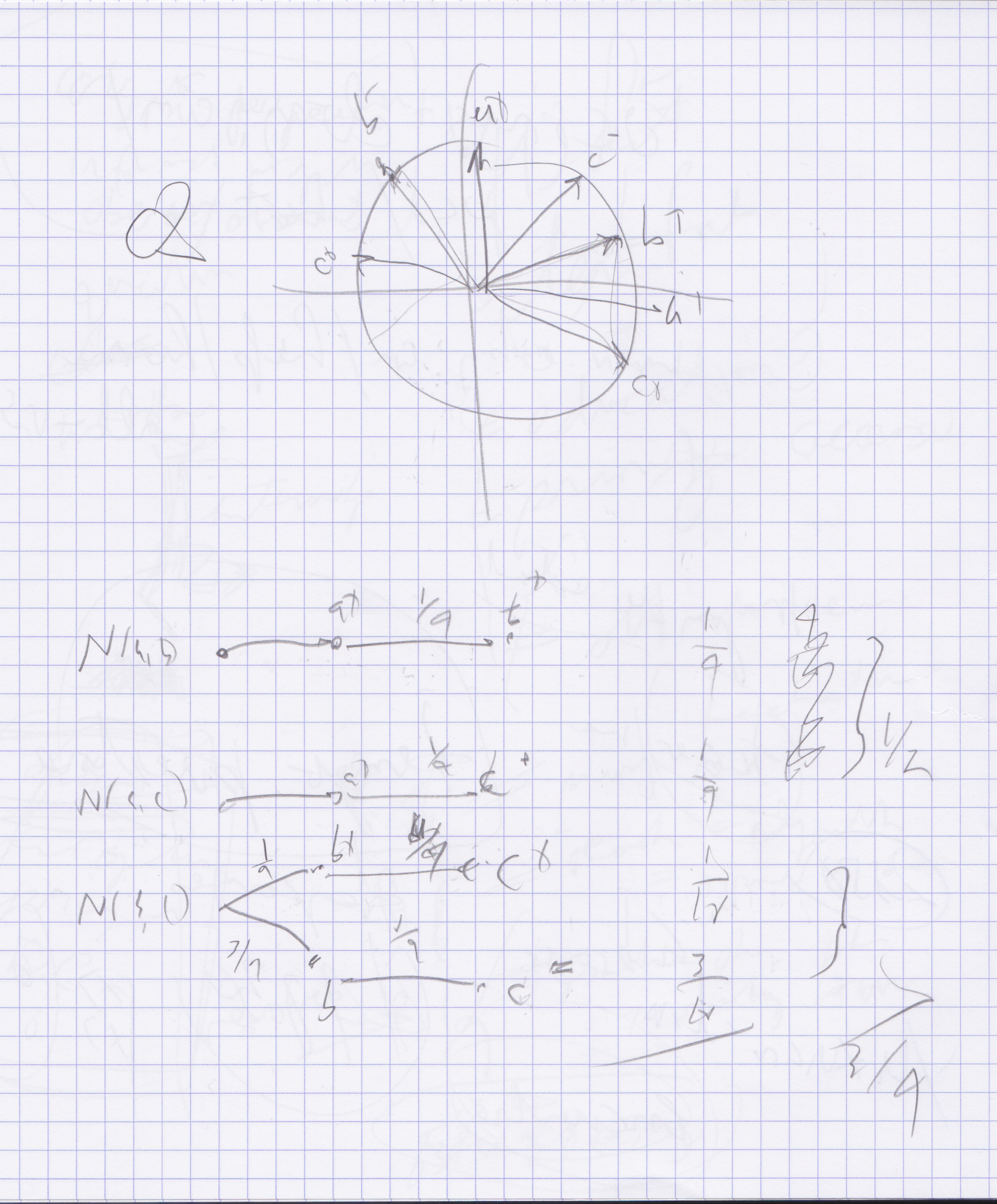
A quantum state is inaccessible to the classical world. It is goes into a reality that we cannot perceive. That being fully so, an observation is something we can perceive, so it must not be truly the quantum state of what was observed, but having been observed, the quantum state is now what was observed.
The quantum world reveals itself through likelihoods. But no one sample can tell us about this likelihood. We would need several repeated observations of the same state. But this too is impossible. The coy nature of the quantum state is well thought out. We cannot clone a quantum state, else we could make several copies, and multiple observations, and then know the distribution.
Given the inability to test, how is it that we know that the quantum state is changed by the observation. Perhaps the quantum state is certain, but unknown. The Bell's Inequality proves that this is not so. Using this inequality, an experiment can be devised whose result is inconsistent with the quantum state, before the measurement, being in any given state.
Alice and Bob agree to measure their qubit on one of the three directions, α, β or δ. The measuring device will signal + if the qubit is measured along the direction, and − if it is measured orthogonal to the direction. These measurements will be called α+, α−, β+, and so on.
Alice and Bob agree to measure along distinct directions, and afterwards compare results to see if the results agree: either they both measured + or they both measured −. The symbol N(α,β) is the probability that Alice measures along the α direction, Bob measures along the β direction, and their measurements agree. We define likewise N(β,δ) and N(δ,α).
We will assume the qubit pair was created each in the α+ state and that Alice and Bob agree that Alice measures first. We will relax these conditions later.
Bell's Inequality concerns the sum,
N(α,β,δ) = N(α,β) + N(β,δ) + N(δ,α)
which is not a probability, but some sum of three probabilities.
Consider N(α,β),
N(α,β) = Pr(Bob measures β+ | Alice measured α+ ) Pr (Alice measured α+ )
Since the qubit was in state α+, and β+ is 60 degrees from α+, the result is,
N(α,β) = N(δ,α) = 1/4 × 1 = 1/4
The case N(β,δ) is slightly more complex,
N(β,δ) = Pr( Bob measures δ+ | Alice measured β+) Pr(Alice measured β+) + Pr( Bob measures δ− | Alice measured β−) Pr(Alice measured β−)
Note that when the superscripts agree, the directions are 60 degrees apart, and when the disagree they are 30 degrees apart. Given that the qubit is originally in α+,
N(β,δ) = 1/4 × 1/4 + 1/4 × 3/4 = 1/4
The case N(δ,α) calculates out the same. Hence,
N(α,β,δ) = N(α,β) + N(β,δ) + N(δ,α) = 1/4 + 1/4 + 1/4 = 3/4.
I leave for the moment the argument that show this is the same result not matter which preparation, α+, β+, or δ+, or whether Alice or Bob measures first.

author: burton rosenberg
created: 26 may 2020
update: 26 may 2020